| The first piece I chose to work with was a plaster sculpture I had made a number of years ago. It was compact, relatively symmetrical, and didn't have any severe undercuts - a good candidate for a two part mold. After sealing the sculpture with clear polyurethane, I then constructed a support base out of styrofoam packing remnants that would allow me secure the piece on its side while working on building up the mold materials. Once the piece was secured, I used plasteline (*non-sulphured) clay to form a "land" surface around it. This structure would serve to block off half of the object and provide a border surface into which I could insert the registration keys that would ensure the accurate alignment of the two mold halves. I embedded 8 marbles to serve as the keys in the land surrounding the form. Ben Asselin, our instructor, suggested that we also carve a thin channel around the form that would not only serve as an additional alignment tool, but would also provide a barrier to help prevent leakage of future casting mediums. The next step was to mix and apply Rebound 25 brush-on silicone rubber (a product of the Smooth-On Company) in layers to the exposed surface of the form and the surrounding land. The first coat of rubber was applied with a stippling or dabbing action to ensure thin and thorough coverage of the surface detail with no trapped air pockets. The remaining layers were brushed on at intervals after each previous layer cured. The covering was built up to a thickness of approximately 1/8" to 3/16", and after the rubber cured, the edges were trimmed at a right angle. I then began the process of making the "mother mold", the hard shell that would encase the flexible rubber and support it during casting. After applying a thin coat of Vaseline to the rubber, so that the mother mold could be removed easily after it hardened, I layered on torn thin pieces of fiberglass matting that had been dipped in plaster of Paris. This material was built up to a thickness of about 3/16" and the edges were trimmed to expose the edges of the rubber. This completed the first half of the mold. I then inverted the sculpture in the styrofoam support stand, removed the marbles, and built up a new "land" border around the base. After spraying the exposed surfaces with **mold release, I completed the second half of the mold following the same steps as I had used in doing the first half ...brushing on layers of Rebound 25, followed by the construction of the mother mold. |
Stay tuned for the making of the mold for my second object ... Yoiks! What was I thinking?
Notes: *Sulphur inhibits the curing of silicone. ** Silicone rubber will adhere to other silicone surfaces unless separated by mold release.
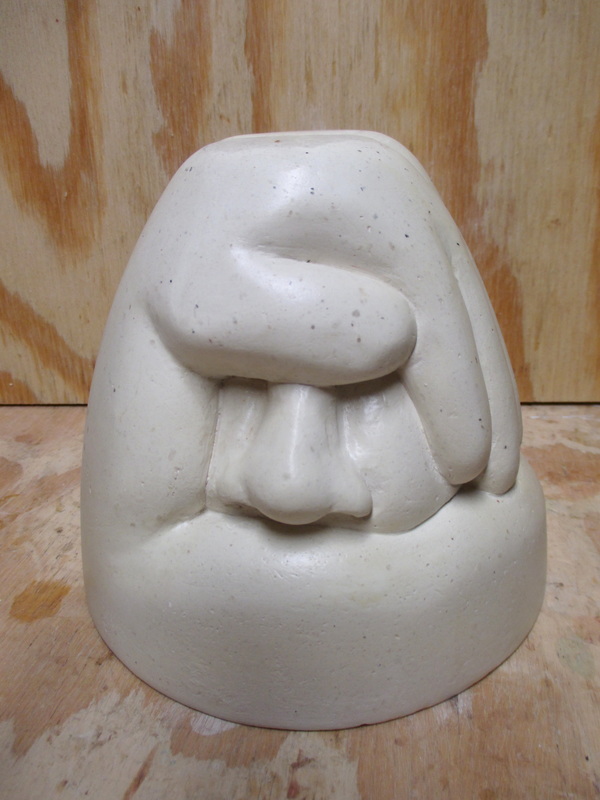
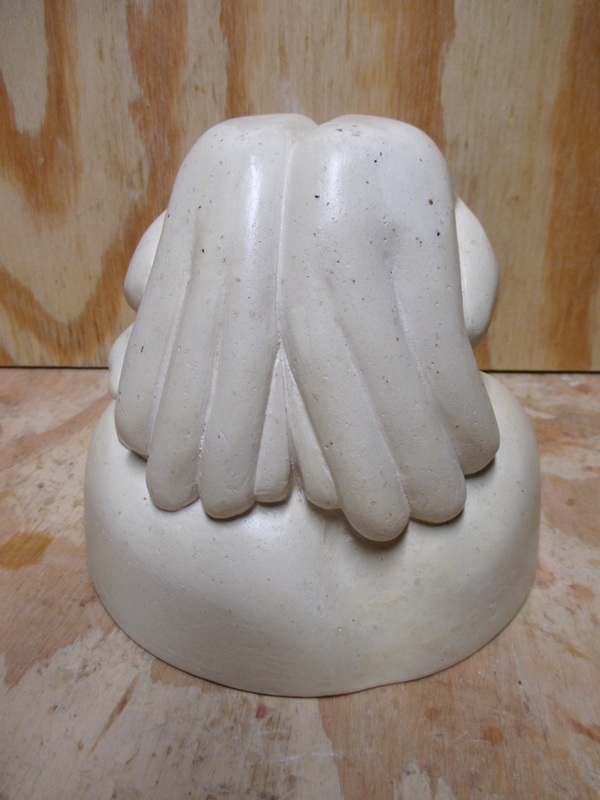
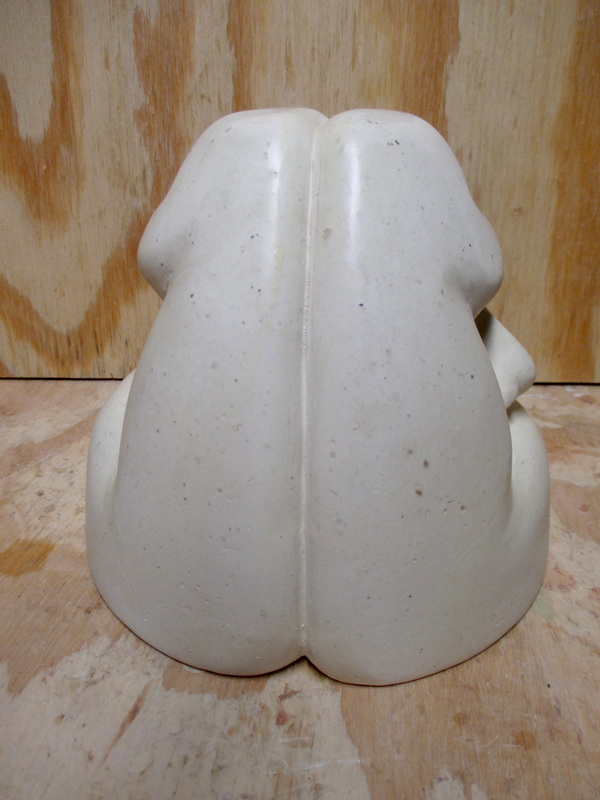

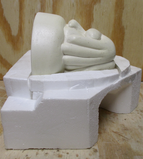
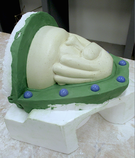
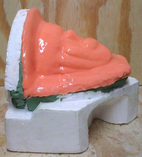
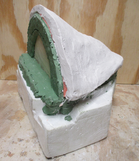
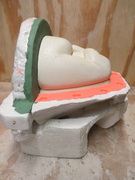
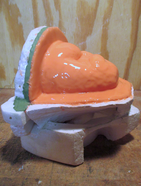
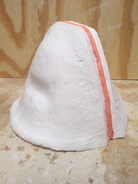
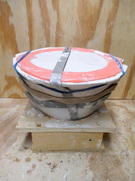
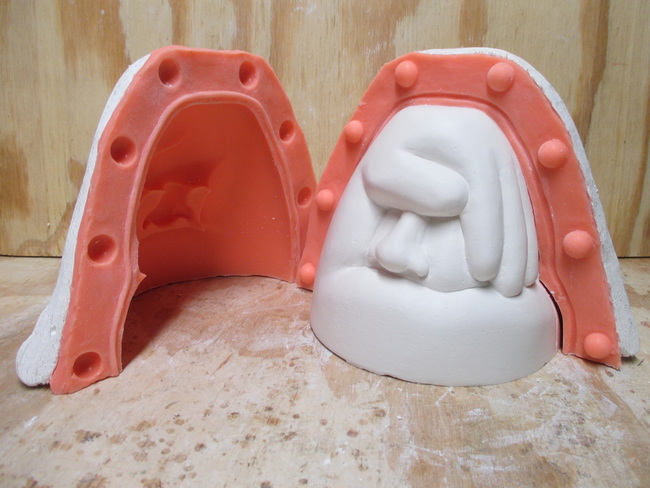
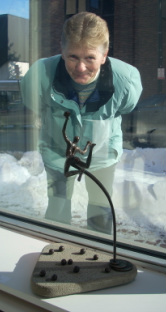
 RSS Feed
RSS Feed